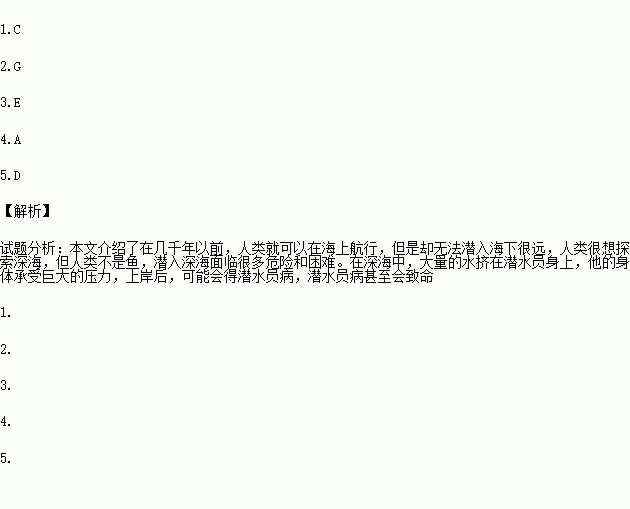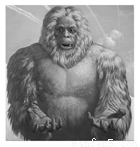题目内容
根据短文内容,从短文后的选项中选出能填入空白处的最佳选项。选项中有两项为多余选项。
The sea has always interested man.From it he can get food,minerals and treasure.1. But he couldn’t go far beneath its surface.
2. However,he isn’t a fish.Because he must breathe air,he can’t stay under the water’s surface for any length of time.To explore deep water,man faces even more dangers and problems.
A diver who wants to stay under water for more than a few minutes must breathe air or a special mixture of gases. 3. He can carry a tank of air on his back and breathe through a hose and a mouthpiece.Water weighs 800 times as much as air.Tons of water pushes against a diver deep in the sea. 4. .
When a diver is under great pressure,his blood takes in some of the gases he breathes.As he rises to the surface,the water pressure becomes less.If the diver rises too quickly,the gases in his blood form bubbles.The diver is then suffering from the bends(减压病).The bends can cause a diver to double up in pain. 5. .
A.His body is under great pressure.
B.Scientists are trying to find more about the sea.
C.For thousands of years,he could sail on it.
D.They can even kill him.
E.He can wear a diving suit and have air pumped to him from above.
F.The water pressure can cause a diver to breathe with difficulty.
G.Man wants to explore deep into the sea.


